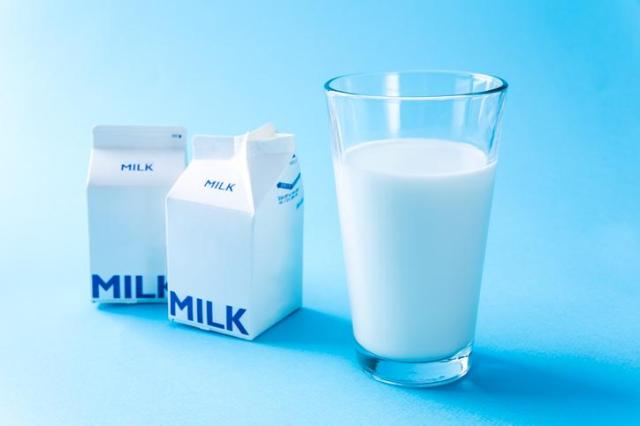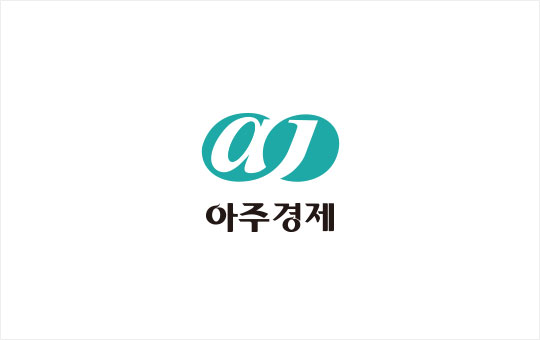
SEOUL -- South Korea's prolonged "milkflation," the continuous increase in the price of raw milk produced at dairy farms, has reached its steepest climb ever, recording the highest milk price since 2008. The average price for raw milk was 1,253 won ($0.93) per liter in December 2023, up by 7.83 compared to the average price of 1,162 won in January 2023.
The price of raw milk is an important factor that affects consumer prices, especially in the food sector, as milk is used as a raw ingredient for many products, including bread, cookies, drinks, and other items that use butter.
Prices of other crucial food ingredients, such as soybeans and corn, have also consistently increased over the last few years due to reduced production caused by the COVID-19 pandemic and the prolonged war between Russia, contributing around seven percent to the global corn market, and Ukraine, contributing about five percent.
According to South Korea's national statistics service, the consumer price index for milk in 2023 was 118.13, up by 9.9 percent year-on-year. The increase rate was the highest ever recorded since 2009, when the world faced the global financial crisis. The overall increase rate for South Korea's consumer price index in 2023 was 3.8 percent.
The cost of milk in South Korea is heavily affected by outside factors such as the prices of fuel and grain. Almost every dairy cow is given livestock feed made with grains, imported from other countries. Electricity and fuel are used for heating and the management of cattle.
Many dairy farmers complain that the price of livestock feed has increased significantly during the last few years. Before the COVID-19 pandemic, it used to cost an average of about 462 won per kilogram of livestock feed in 2021. In January 2024, it cost an average of about 544 won.
Copyright ⓒ Aju Press All rights reserved.




View more comments